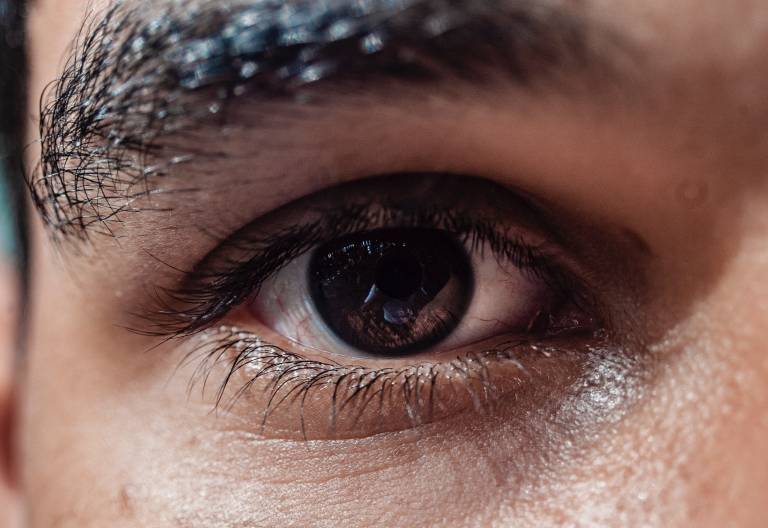New study identifies how to diagnose common cause of vision loss
28 September 2022
A study led by Dr Axel Petzold (UCL Queen Square Institute of Neurology) has developed diagnostic criteria for an eye condition known as optic neuritis that will help inform treatment options.

Optic neuritis, inflammation in the optic nerve, is a common cause of vision loss and can affect people of any age. It is sometimes caused by multiple sclerosis but can be triggered by many other conditions too.
Up until now, there has been no consensus on how to diagnose optic neuritis, making it challenging to provide timely treatment for conditions in which it is the first symptom.
The UCL team recruited over 100 specialists from 60 countries to assess real life clinical scenarios. This enabled them to develop diagnostic criteria outlining clinical features that indicate possible optic neuritis. Further tests, using brain, orbital, and retinal imaging, together with biomarker data, could then be used to confirm a definite diagnosis of the condition.
The cause and management of optic neuritis varies with geographical location, treatment availability and ethnic background. Historically, clinical research on optic neuritis has been carried out in Europe, North America and Australasia and has therefore been dominated by this demographic.
In the study, the researchers achieved a 95% expert consensus through a Delphi process to categorise the links between optic neuritis and other antibody mediated disorders, including syndromes such as neuromyelitis optica or myelin oligodendrocyte glycoprotein antibody-associated disease, which are more common in patients of African and Asian origin.
The criteria developed by the researchers will reduce the risk of misdiagnosis and will be useful for informing treatment options. For example, the likelihood of a patient needing long-term pharmacological management may differ according to their subgroups of optic neuritis.
Dr Petzold said: “Our study attempts to internationalise and classify the many syndromes that can manifest as optic neuritis. We hope our classification will lead to the identification of yet more immunological causes of optic neuritis and ensure uniformity in identifying sub-types of optic neuritis. I’m hopeful that the criteria we have developed will lead to a consensus on how to design treatment trials for optic neuritis in the future.”
Related
Photo by Well Cabral on Pexels
 Close
Close

